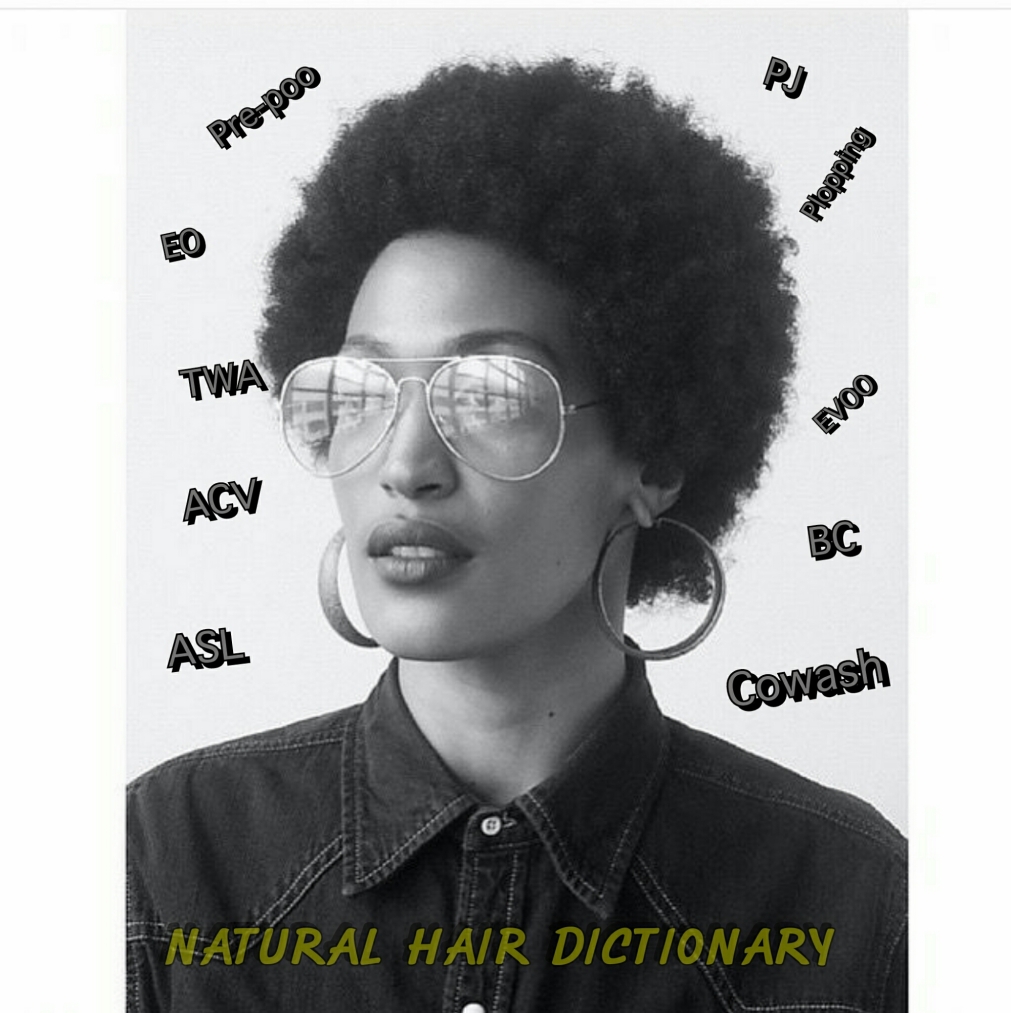
I remember when I started my Natural hair hair journey, words like pre-poo, no-poo, and some other natural hair acronyms sounded so strange that I’d turn on my search engines looking for meanings of these words.
Some are easy to denote while others could be so cumbersome that you’d wonder how they came into existence. Big ups to naturalistas out there who took out the time to create these words and making them easier for us to understand.
Below is a compilation of natural hair jargons and their meanings and I hope it helps you understand these words better.
A
ACV
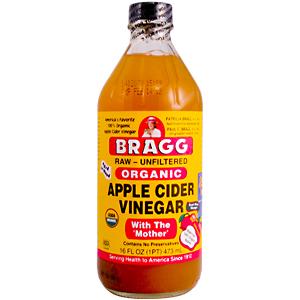
Apple Cider Vinegar. This is used as a rinse to close hair follicles.
Afro
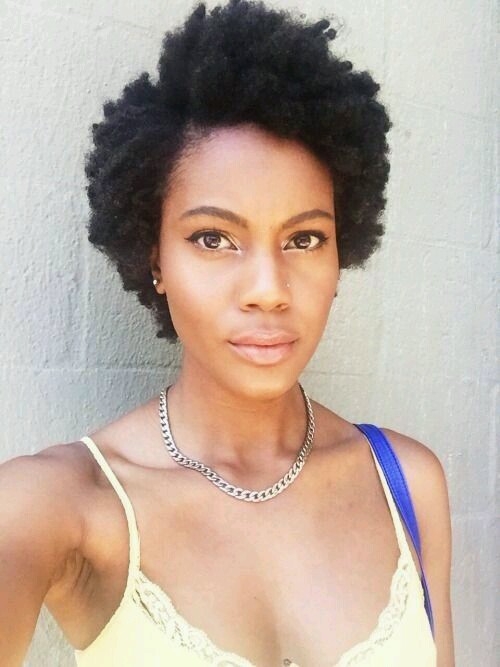
This is a very popular natural hair style, often referred to as a “fro”, typically requires picking the hair into a rounded shape around the head.
Afro Puff

A hairstyle in which the hair is tied into ball-shaped masses at the top or sides of the head.
Alopecia
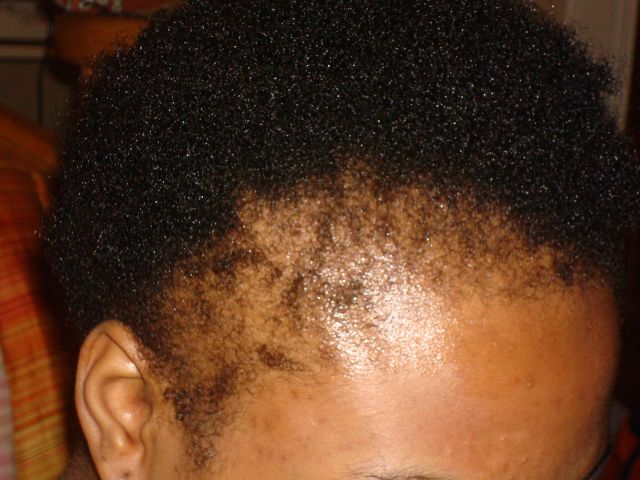
The term alopecia used alone refers to abnormal hair loss.
ALS
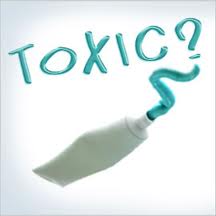
Ammonium Lauryl Sulfate or Ammonium Laureth Sulfate. These are lathering agents in shampoo that can contribute to hair damage and hair loss.
APL
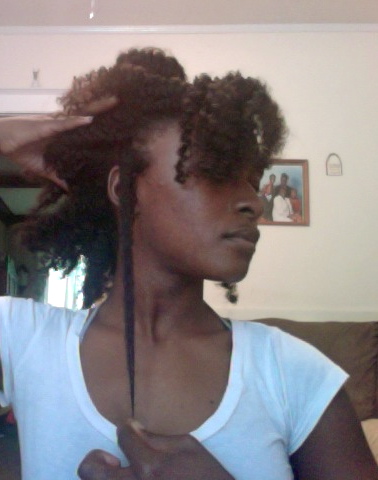
Arm Pit Length. This is a way of describing the length of a person’s hair. If a strand of hair can be stretched out to reach an armpit it qualifies as APL.
AVG

Aloe Vera Gel. Comes from the aloe vera plant. Aloe vera gel has a thickish consistency that is great for DIY products. It is used as a moisturizer for natural hair and can be used to balance the pH level in products.
B
BAA

Big Ass Afro or Bad Ass Afro
Baggy Job or Baggying
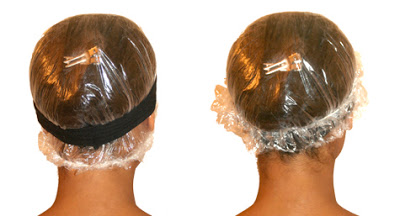
This is a method of soaking the hair with a moisturizer or conditioner & covering the hair with a plastic bag, shower cap, plastic shopping bag secured by a head tie. Ideally done overnight. Baggying can also be applied to just the ends of the hair.
Balancing Shampoo
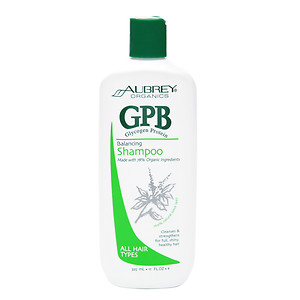
Balancing shampoo is great for removing the oiliness without drying the hair.
BC
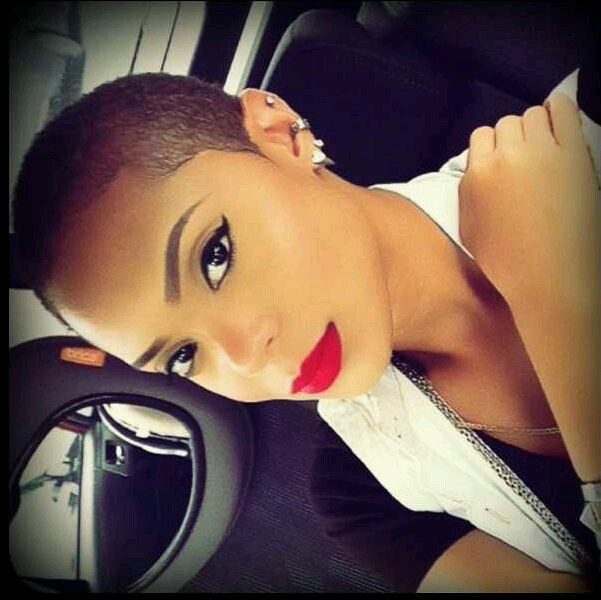
Big Chop: Refers to the cutting off of relaxed hair, with the result of only natural hair being present on the scalp
Breakage
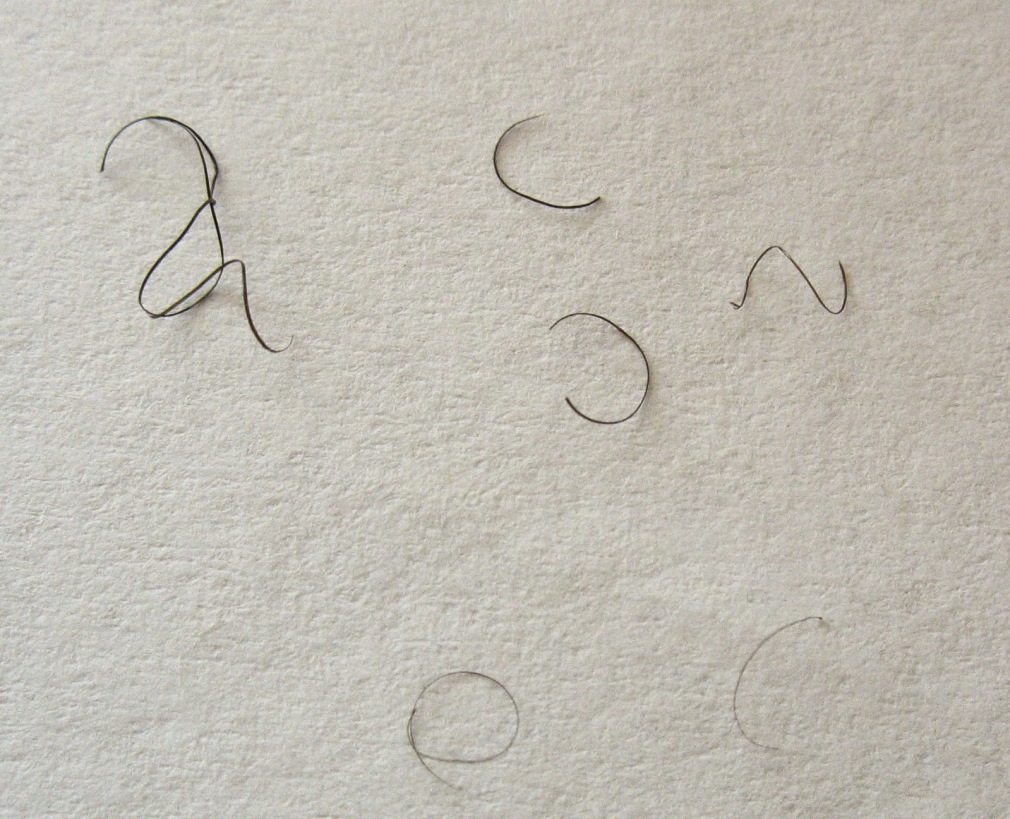
This is when the hair breaks–off without being completely intact. The white bulb which should accompany the hair is not present. This is often times caused by hair that is dry & brittle or roughly handled. Hair that has breakage needs moisture.
Braid Out
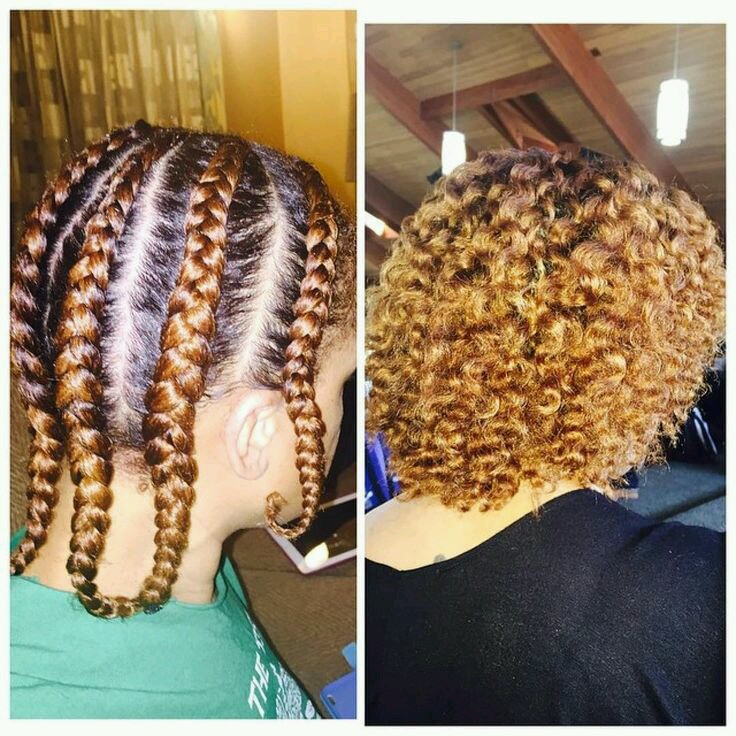
Braids that have been left on overnight or a few days that are gently unbraided so as to not disturb the natural kinky nature of the hair. The result is a crimped looking hairstyle. Fluff and style as desired.
BSL– Bra Strap Length hair.
BSB– Below Shoulder Blade.
BSS– Beauty Supply Shop/Beauty Supply Store. An offline/online place where styling products & tools can be bought.
C
Carrier Oil
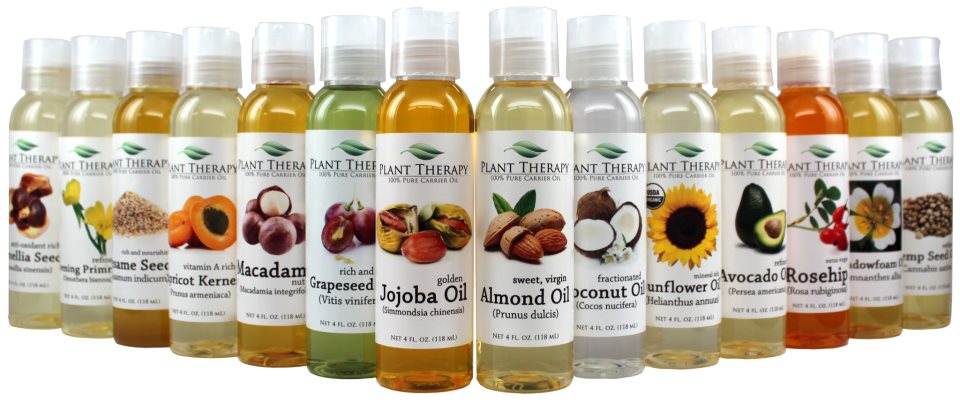
These are also known as base oils or vegetable oils. They are used to dilute pure essential oils. Some Carrier oils are olive, grape seed, Vitamin E oil. The oil can be a mix or it can be a single vegetable oil.
CBL– Collar Bone Length Hair.
Clarifying Shampoo
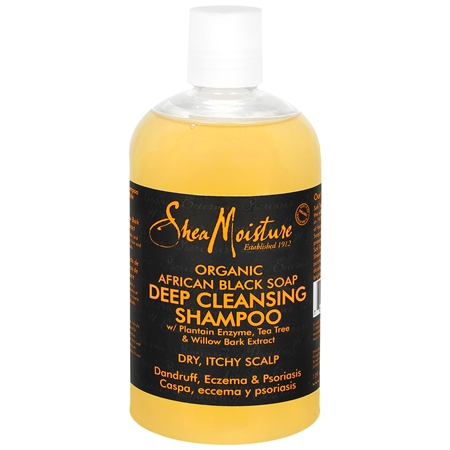
A type of shampoo that is used remove product build up from the scalp and hair. Also referred to as “Deep cleaning shampoo”.
Cones
Cones or silicones are ingredients included in hair products that help smooth & shine the hair. However they also can weaken the hair shaft. Sulfates are needed to remove cones from the hair strand as they act as a barrier that blocks moisture out.
Co–Wash
This is the act of washing your hair with conditioner only so that it is not stripped of its natural oils. It is often done on dry, damaged hair.
CW– Conditioner Wash.
This means skipping the shampoo & washing with conditioner. Also referred to as co-wash.
CWC– Conditioner, Wash, Conditioner. Hair is pretreated with conditioner before shampooing so it loses less moisture. It is then conditioned again after washing.
D
DC– Deep Conditioning.
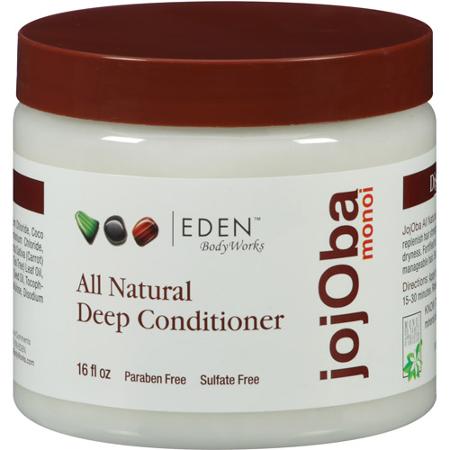
Hair is saturated with a deep conditioning product that is specially formulated for deep conditioning treatments & left on the hair for a specified time per the directions.
DIY– Do It Yourself.
The act of making your own organic natural hair products from items found in your kitchen.
DT– Deep treatment.
See deep conditioning definition.
Demarcation Line
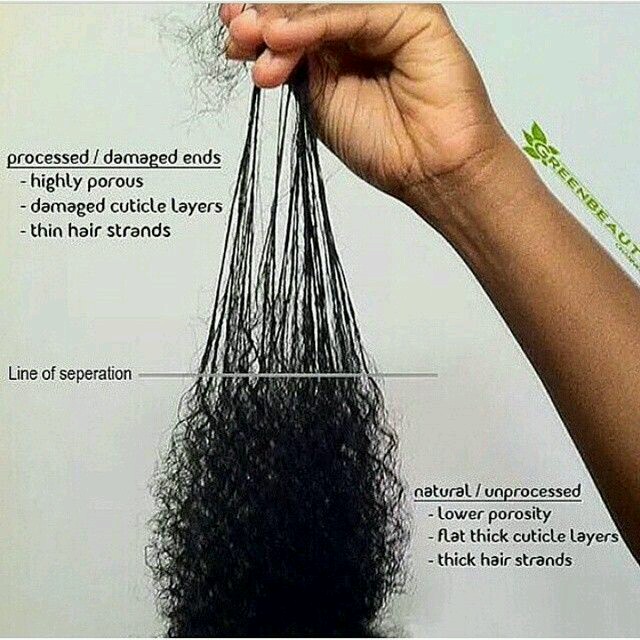
This is the place on the hair where natural hair growth and the relaxed hair meets. Breakage of hair strands is very likely at this line so be gentle when handling the two textures.
Dusting
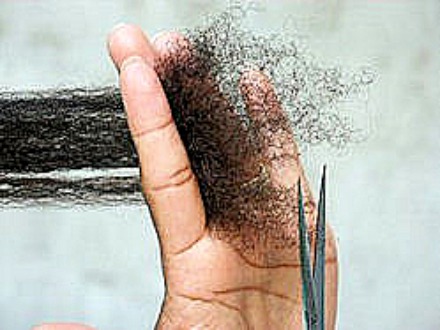
This is a hair trim where less than ¼ inch will be cut off. It is also known as a “light trim.”The hair that is trimmed off should resemble dust.
E
EL– Ear Length.
EO– Essential oil.
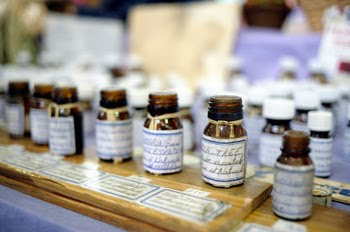
Essential oils are pressed from plants they are very potent & often used with a carrier oil.
EVCO– Extra Virgin Coconut Oil.
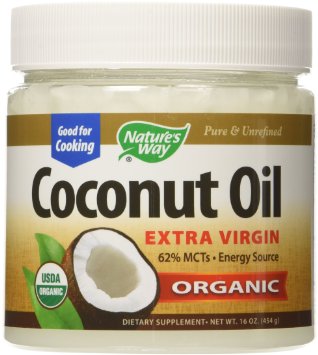
It a great oil for pre-pooing or pre-conditioning the hair to prevent protein loss. It is one of the few oils that can penetrat the hair.
EVOO– Extra Virgin Olive Oil.
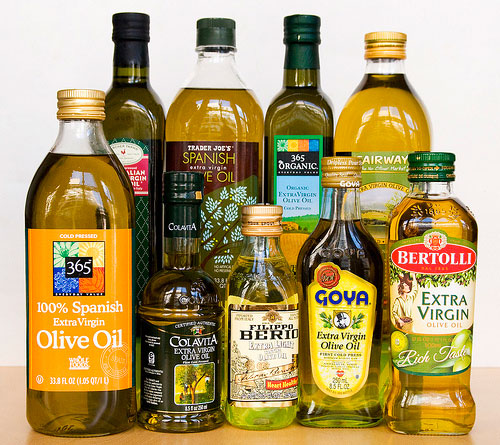
It is a penetrating oil and is often used as pre-poo or pre-conditioning.
F
Frizz
This is a hair state caused by dehydrated hair strands. Be sure to drink plenty of water.
Fro
See Afro
Fro-Hawk

Frohawk is the name for the Faux Hawk done with kinky hair (aka afro textured hair).
G
Going Natural

This is a common term for letting your relaxed hair grow out so you can enjoy its natural texture. It implies that you will no longer be using a relaxer on your hair. This is a journey/process that can last from a day (if you decide to big chop) to several years (if you decide to transition over a period of time). Click to learn how to go from relaxed to natural hair here.
Greenhouse Effect GHE

The greenhouse is a technique where all natural products and the baggying method are coupled together to promote growth. SEE HOW TO CREAT A GHE REGIMEN
H
Henna
This is a natural hair dye made from green plant leaves that imparts shades of red into the hair strands.
Hair Analysis
This is an assessment procedure that involves evaluating the hair through examining the hair’s texture, elasticity, density, growth patterns and porousness.
Hair Cuticle
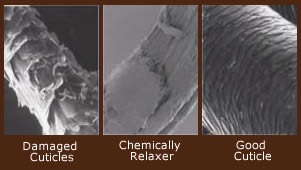
These are tightly overlaying protein cells on the hair strand that protect the inner layers of the hair known as the cortex and the medulla.
Hair Density

This is the number of hairs growing on the scalp per square inch. Density is qualified as thin (low), medium or thick (high).
Hair Elasticity
This is the ability of the hair to be pulled or stretched out and returns to its regular shape without breaking or snapping.
Hair Porosity

This describes the ability of the hair to soak up moisture. CLICK TO LERAN MORE.
Hair Sebum
This is a coating of natural oil that protects the hair and gives it sheen or makes it shinier.
Hair Volume Classifications
Hair volume is determined by putting your hair in a ponytail and then measuring its circumference. If it is less than 2 inches then it is thin. If it is between 2–4 inches it is normal and if it is more than 4 inches it is thick
HHG
Happy Hair Growing
HHJ
Healthy Hair Journey
HG

Holy Grail. These are products that are known to work well for a person to give them the hair they want. These products will differ from person to person.
HTH– Hope This Helps.
Humectants
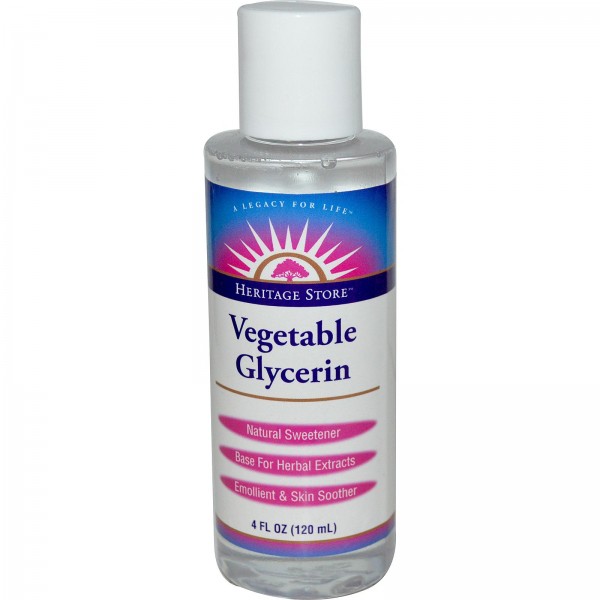
These are ingredients in hair products that help draw moisture from the air into the hair shaft. However your hair can become dry if the air is dry as well, so be sure that moisture is in the air.
J
JBCO
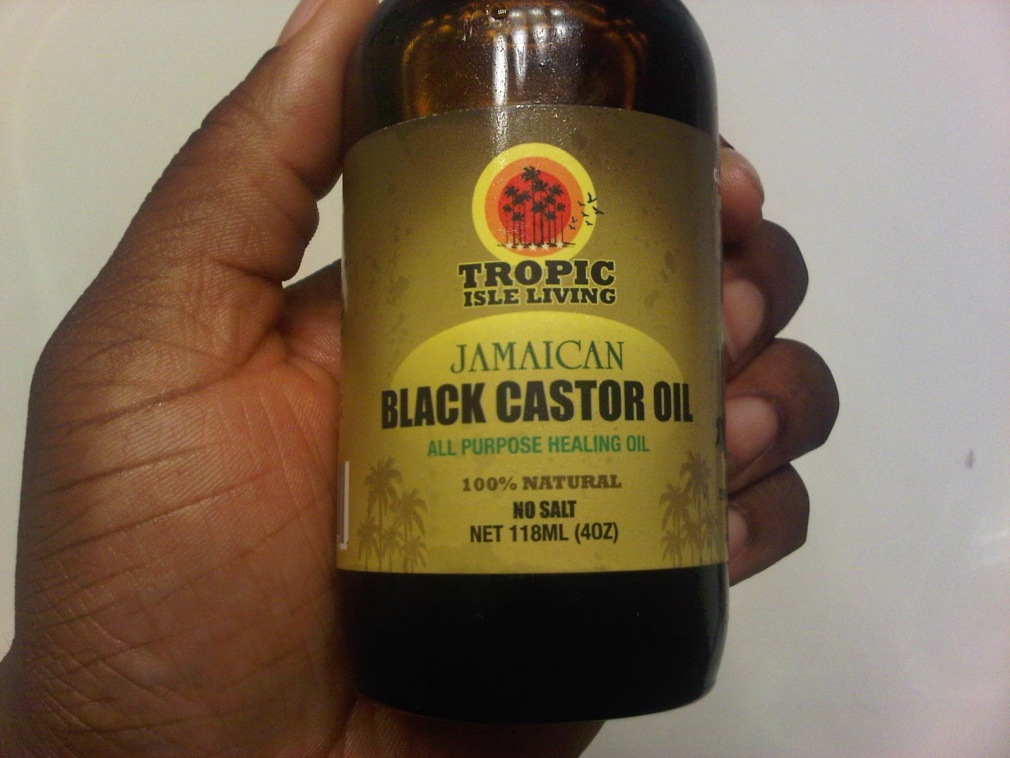
Jamaican Black Caster Oil. This thick oil is great for sealing or trapping in moisture. It is best applied to the ends of the hair to avoid causing build up on the upper hair strands.
L
Leave–in Conditioner
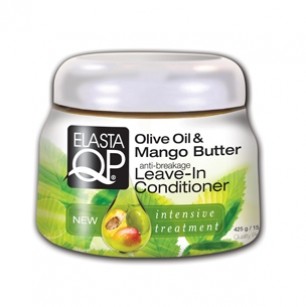
This is a conditioning product that you do not have to rinse out of your hair. These types of conditioners contain humectants and help attract moisture back into the hair.
Length Check
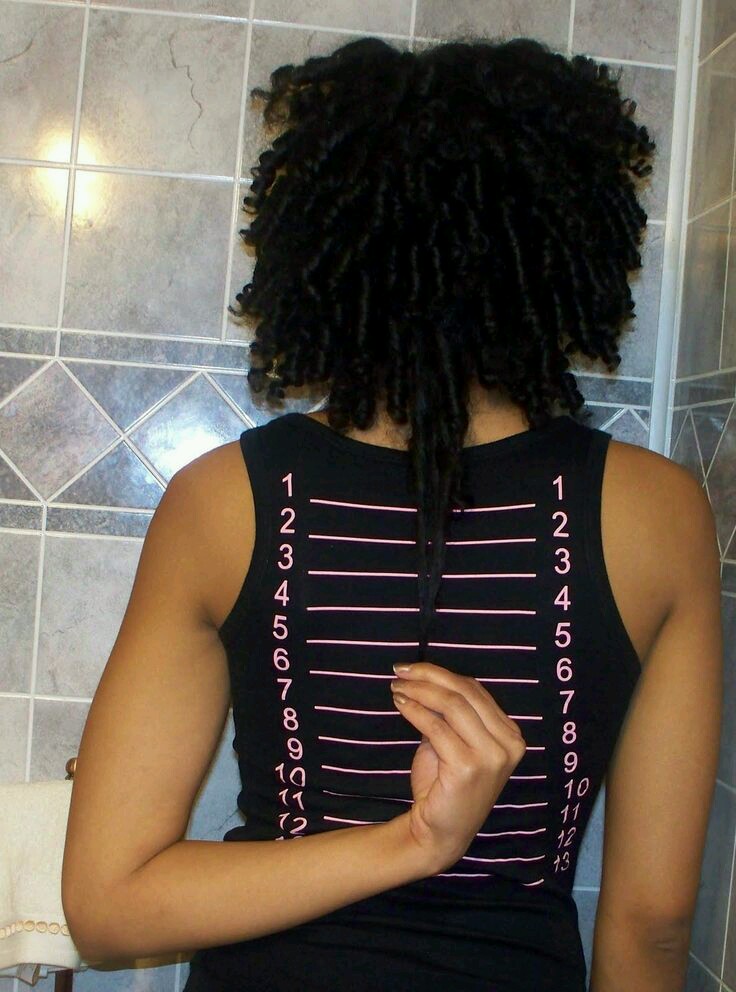
This is a technique performed to stretch, measure and record the length of the hair in the five major sections: front, back, right side, left side and crown area.
Listen to Your Hair
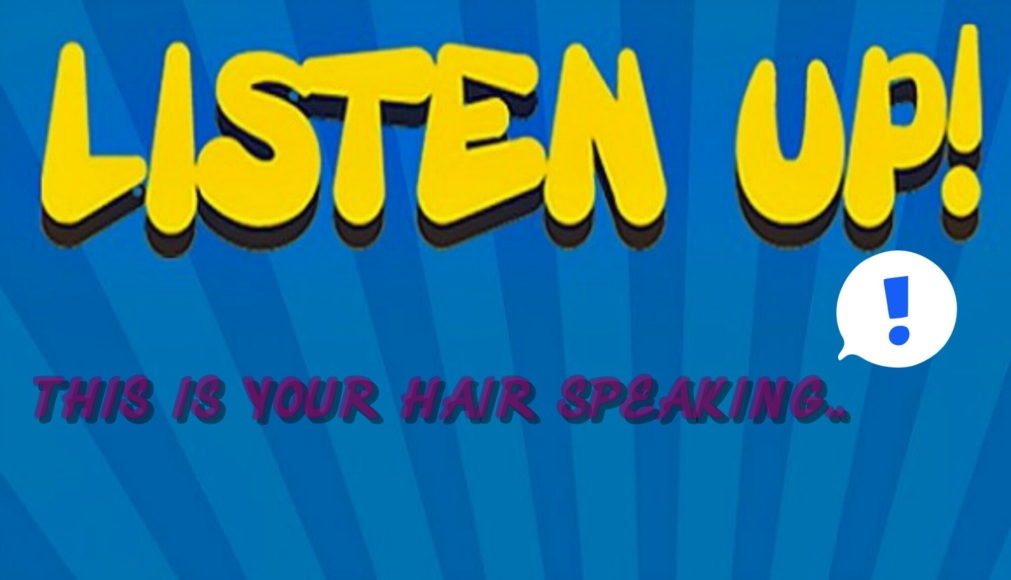
This is a proactive, introspective and intuitive action where you are more reactive to your hair than proactive. Being aware of the characteristics and behaviors of your hair helps you achieve stronger, healthier and manageable hair.
Low Manipulation
This means doing very little on an in frequent basis. Do not brush your natural hair with 100 strokes a day and you definitely do not have to comb your hair every day. The less you manipulate your hair; the less breakage you will have.
M
MBL
Middle Back Length.
Moisturizing
This is the act of retaining moisture (water) in the hair using an oil and/or butter to trap or seal in the moisture.
N
Natural Hair
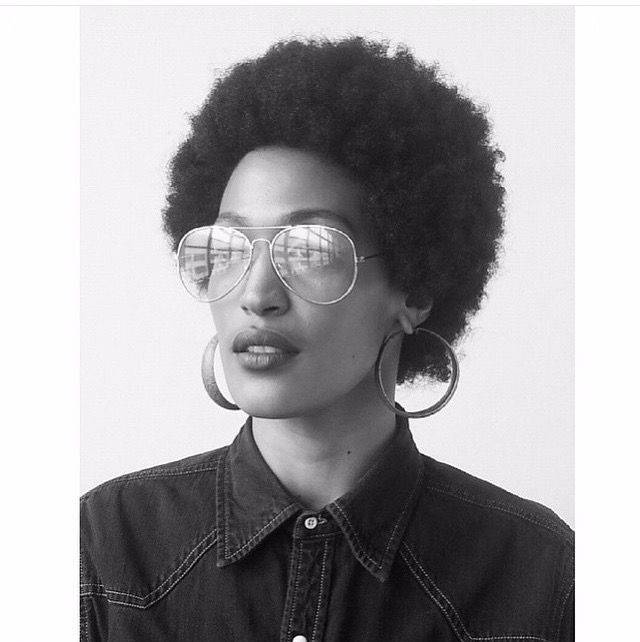
This is hair that has not been texturized, relaxed or been chemically altered in any way. Please note hair dye can in fact relax your curl pattern- dyers beware.
Natural Hair Advocate
publicly supports natural hair.
NHC
Natural Hair Community
Natural Hair Journal
An electronic or physical note taking activity where the natural hair journey is documented. It can be documented in Word, Excel, Youtube, or Blogspot to name a few.
Natural Hair Journey
Describes the personal path that someone with natural hair will take as they wear their natural hair. It can be filled with great detail of triumphs and challenges, personal revelations, and much more.
NG
New Growth.
NL
Neck Length hair.
No poo
This is a slang term for no shampoo. You wash your hair with conditioner instead.
O
ORS
Organic Root Stimulator.
P
Plopping
This refers to a technique for drying your hair. You use a t–shirt to dry your hair instead of rubbing a towel on it. This can tremendously reduce your drying time.
Pre poo
This refers to applying oils and/or conditioners to the hair before shampooing.
Product Junkie (or PJ)
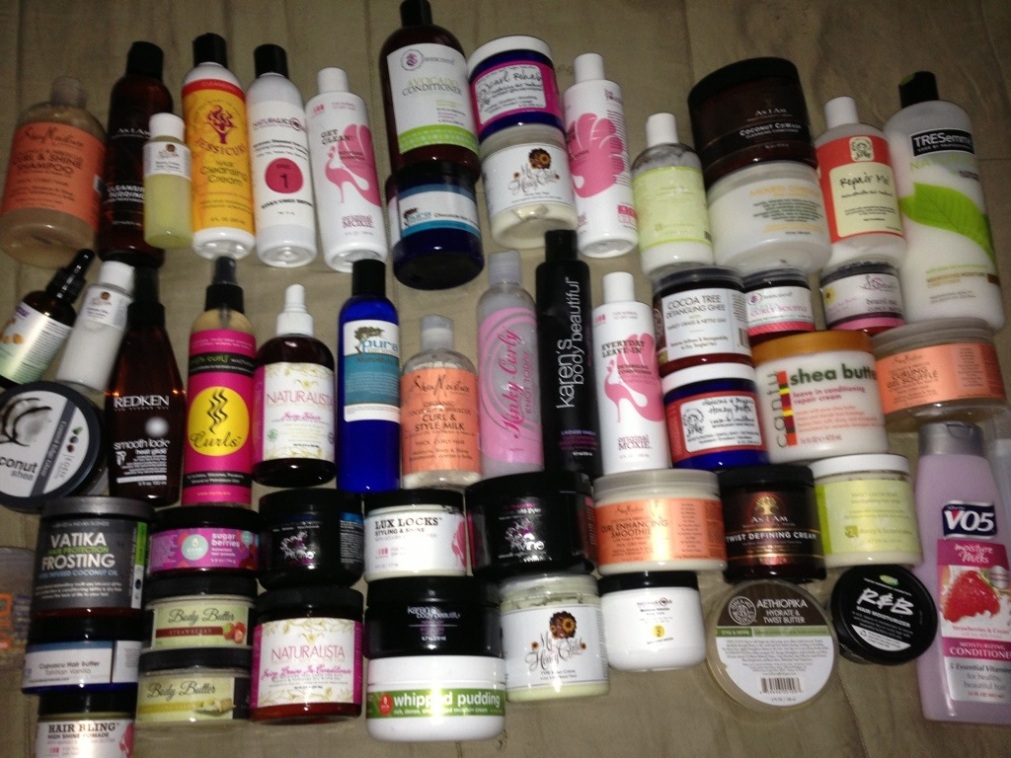
Product Junkie (Junky)! This is someone who splurges on tons of natural hair products in pursuit of that one miracle product that is going to fix their hair.
PS – Protective Hairstyle (Hair Style)
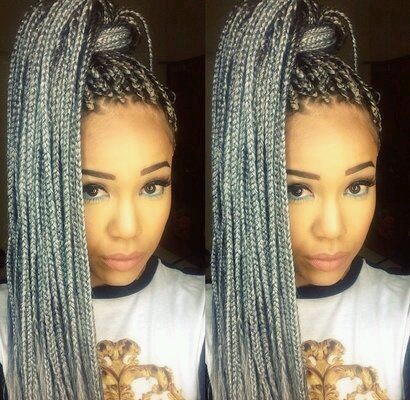
This is a style that requires little manipulation, protects the ends of the hair by keeping them tucked away and allows regular moisturizing.
Protein
This natural component is the building block of hair, specifically keratin protein. Protein is added to hair products to help mend, protect, and strengthen hair strands.
S
Scab Hair
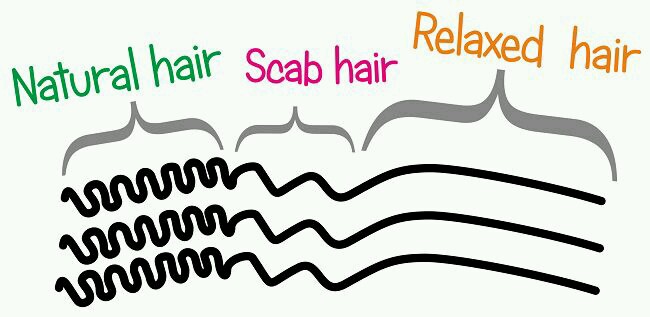
Naturalhaircarenews.com gives the most common description of scab hair: “Scab hair is the natural hair, (new growth) which is damaged from previous use of chemical relaxers or other scalp damage. Based on the changes to our scalp and hair follicles from the regular use of relaxer chemicals, the hair that grows post relaxers is malformed or damaged so it grows out wiry and dry. It can take a while for hair that is not damaged to grow from the scalp after years of relaxing or other scalp damage.” Click to learn more.
Scalp Burns
These are first and even second degree burns that are the result of using chemicals that are too harsh on the scalp. The result is scarring and damage to the hair follicles and skin. Scarring can be permanent.
Sealing
This is a process of trapping moisture (water) into the hair strands and then sealing it with oils or butters.Oils and butters that are commonly used to seal hair include castor, JBCO and shea butter.
S&D– Search & Destroy
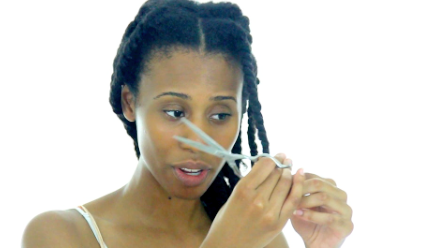
A “search and destroy” allows you to find split ends, knots & weak spots and then cut them out using hair shears. This helps to preserve your length by only cutting the damage that you see when you search through the strands of your hair.
Second Day Hair or 2ndday hair
This is a hairstyle that lasts more than one day. You can sleep on it and it will still be as presentable as the day before and there will be no need for major restyling.
Slip
This describes the slipperiness of conditioner or detangler. The more slip a product has, the more likely it is to coat the entire strand of hair to assist in detangling the hair.
Silky Hair
This is shiny hair that has a low sheen and wets easily.
SL
Shoulder Length.
Sodium Lauryl Sulfate (SLS)
Found in most shampoos, and is an ingredient to stay away from.
Spongy Hair
This hair has a tight frizzy compacted look with low shine. It must absorb a lot of water before it feels completely wet.
Stretching Hair
This technique involves gently pulling the hair straight down while it is still in its natural state. This is an alternate method to checking the length of your hair that doesn’t require the use of heat. Stretching the hair can be done with various techniques: banding, African threading, blow drying, and twisting/braiding.
T
TDH
That Does Help. This is usually in reply to a tip or product that aids in creating great natural hair style.
TTH
Thanks. That Helps.
Transitioning – Is a part of going natural and describes the period of time that has passed since your last relaxer to current date. It is similar to stretching, however the intent in not to relax again. Click To Learn The Dos’ And Don’ts Of Transitioning To Natural Hair.
TWA
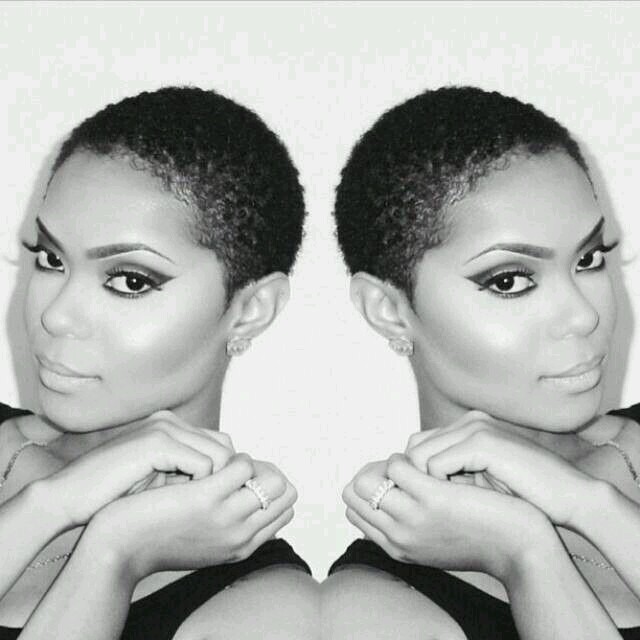
Teeny Weeny Afro. This refers to a relatively compact afro. Many women have a TWA after they big chop to start their natural hair journey.
TWA | Teeny Weeny Afro: A small Afro about 1/2 – 2 inch of hair in length, typically in reference to the first stage after the Big Chop (BC).
Twist Out
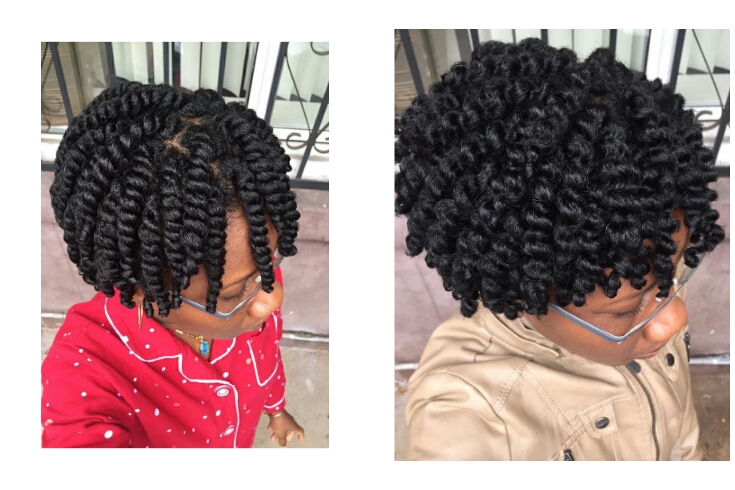
A hairdo where you 2 strand twist the hair, then allow it to dry by either air drying it or sitting under a hair dryer. After the twists have dried, you can take them apart & style. To prevent frizzy hair, wear plastic gloves or latex gloves & rub a light amount of oil on to the finger tips or you can add a light oil to your figure tips as you separate the twist.
Two Strand Twists
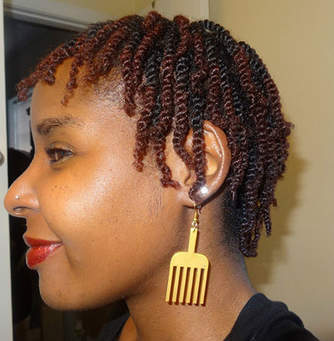
For this hairstyle, you take 2 equal sections of hair & twirl one section around the other until you reach the very end of your hair. This is also referred to as double strand twist. Tip: do not borrow hair as you twist to the end. You can also wrap the ends of the hair around your finger to create a tendril/coil.
U
Updo
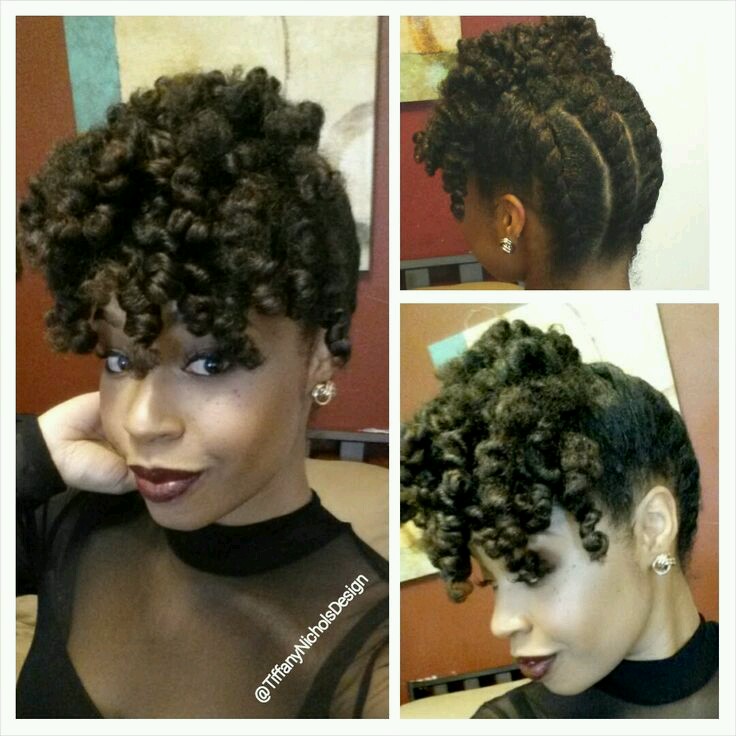
An updo is a hair style that involves arranging the hair instead of allowing it to fall freely. It can be as simple as a ponytail, but is more commonly associated with more elaborate styles intended for special occasions such as a prom or wedding.
W
WL or WSL– Waist Length.
Wash and Go (also WnG or W&G)– This is a carefree style where you wash your hair with conditioner, add gel or cream to style it and then leave it to air dry.
Thickness of Strand Classifications
Fine – Translucent thin hair strands that are hard to see and as fine as silk
Medium – Hair strands that feel like a cotton thread and that are neither course nor fine feeling
Course – Thick strands of hair that are larger than cotton thread and easy to see and that may make a noise if rasped between the fingers
Thready Hair – This is hair that has a low sheen but shines when the hair is stretched out tautly in a braid. Another identifying characteristic of thready hair is the ability to dry quickly.
I hope this compilation helps during the course of your journey. I’ll keep adding more over time. Please feel free to drop any word or acronym I missed in the comment section and I’ll add it ASAP.
Thank You For Reading😙
Black Hair Grows.. Don’t Give Up On Your Hair Journey.
No comments:
Post a Comment